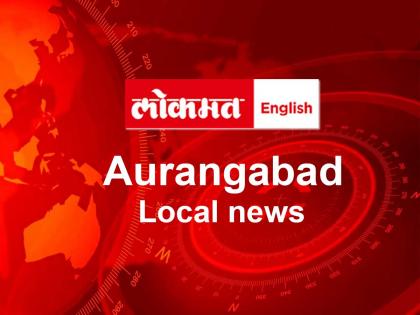Waluj to Chikalthana flyover to cost Rs 3,000 crore
By Lokmat English Desk | Published: January 6, 2022 07:25 PM2022-01-06T19:25:01+5:302022-01-06T19:25:01+5:30
Meeting with union transport minister for DPR soon Aurangabad, Jan 6: Follow up is being taken with the union ...

Waluj to Chikalthana flyover to cost Rs 3,000 crore
Meeting with union transport minister for DPR soon
Aurangabad, Jan 6:
Follow up is being taken with the union transport minister Nitin Gadkari for the construction of the 24 km long single flyover from Waluj to Chikalthana flyover. A proposal has been sent in October 2021 by the National Highway Authority of India (NHAI) to the central transport department to prepare a Detailed Project Report (DPR) for this project costing around Rs 2200 to 3000 crore including land acquisition, said union minister of state for finance Dr Bhagwat Karad while talking to reporters here on Thursday.
Dr Karad said that before constructing a single flyover, it is being considered how to have an interchange. There will be space to get to and from the bridge at six places. This will require land acquisition. A meeting with the union minister Gadkari will be held again in this regard. The single bridge will change the face of the city. All the industrial estates from Waluj to the DMIC node will be connected. Such bridges are built in Nashik and Nagpur. Project director of NHAI of India Arvind Kale, engineer Nachiket Kulkarni and others were present on the occasion.
Existing flyovers
There are bridges at Chawni, Mahavir Chowk, Kranti Chowk, Mondha naka, Seven Hills and Cidco flyover between Chikalthana to Waluj road. Over Rs 200 crore have been spent on the construction of these flyovers.
Cost of the bridge
The bridge is expected to cost Rs 100 crore per km. For a distance of 24 km, it would cost around Rs 2,000 to 3,000 crore. This does not include land acquisition and other issues. Also, the work will not include the increased rates of raw materials over the years.
Open in app